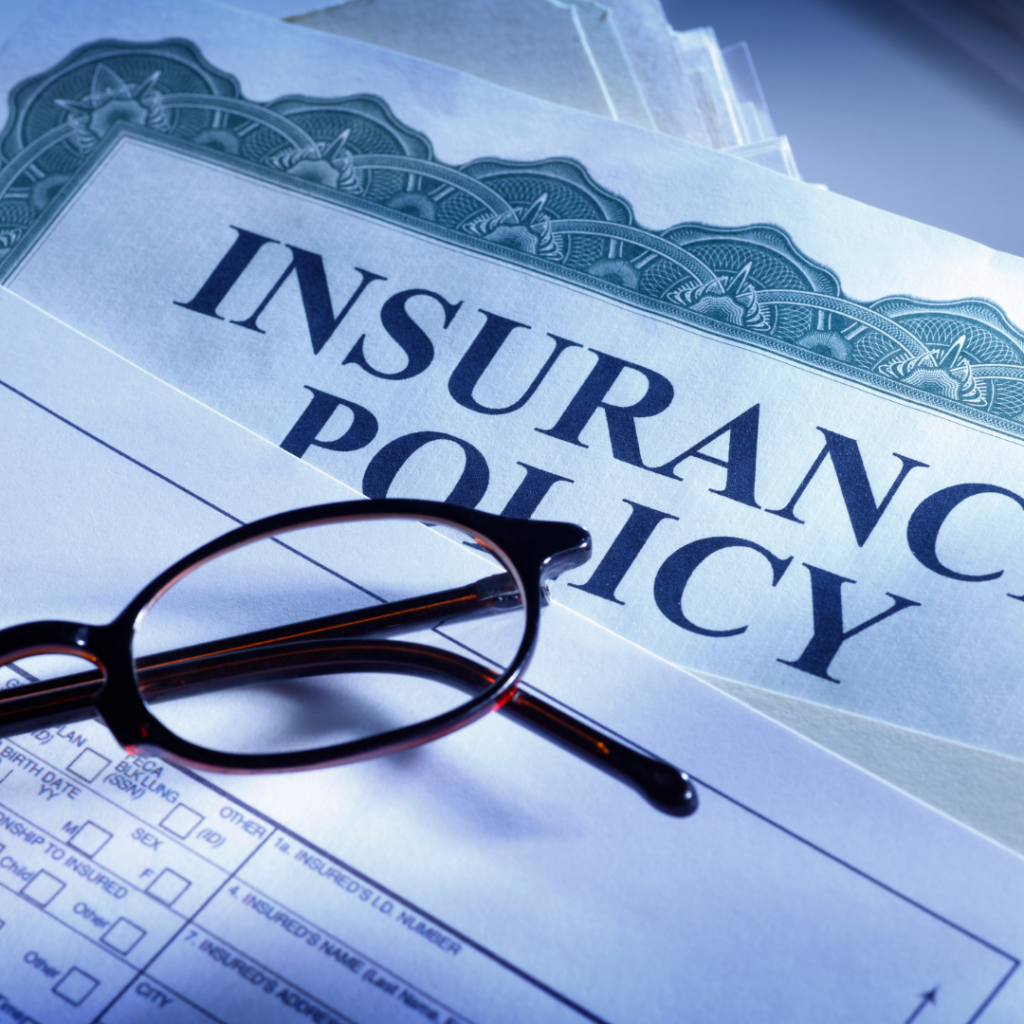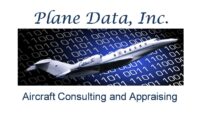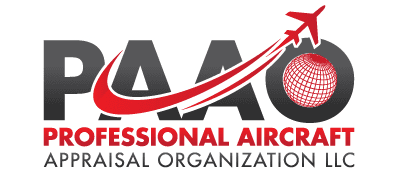
If you’ve ever experienced physical damage to your automobile, chances are you’ve experienced firsthand how auto policies are handled. These policies are generally written on an Actual Cash Value basis in which the payment made in the event of a total loss is adjusted for depreciation. In this event, most people are unable to replace their vehicle without supplementing the insurance payment that they receive.
However, unlike auto policies, aircraft physical damage (or “hull”) policies are written on an Agreed Value basis. This means that in the event of destruction or disappearance of the aircraft, the insurance company will pay the agreed value in the insurance contract less any deductible. Since many aircraft policies are now written with NIL deductibles, the insurance payment is often equal to the insured value stated in the policy.
While this method leaves out the guesswork you may be familiar with through auto policies, the Agreed Value contract does present a danger of over-insuring or under-insuring your aircraft, which has become a common problem over the last few years. When an aircraft isn’t destroyed beyond repair, the insured value becomes a key ingredient in the insurance company’s decision to pay for a total loss or to pay for repair of the aircraft.
Aircraft insurance is important, but it’s also necessary. Follow these guidelines as you navigate the complexities of aircraft insurance.
1. Keep Your Valuation Up-To-Date
You should never view your insurance policy as static. Over time, the value of your aircraft will change due to both the market value, and changes or upgrades that you make such as engine overhauls, avionics updates, and airframe modifications. Any time these significant changes occur, you should update your policy to make sure you’re not over-insuring or under-insuring your aircraft.
2. Consider the Impact of the Current Market
Aircraft insurance is expensive, there’s no doubt about it! While premiums have decreased since the aftermath of the 9/11 attacks, other global events have greatly impacted the market such as the COVID-19 pandemic, pilot shortages, inflation, an increase in fatal accidents, and the energy crisis are bound to prolong these fluctuations. For example, at the beginning of the COVID-19 pandemic when many aircraft were sidelined, many aircraft were sold, causing an excess on the market. Within a few months, the marketplace changed radically in that finding a suitable aircraft at a reasonable price was nearly impossible. Combined with supply chain issues, limited parts availability, and workplace labor shortages, it’s no wonder that insurance costs and premiums were so high. It’s important to stay up-to-date on the current market conditions to better understand their impact on your aircraft insurance policy.
3. Choose the Right Aircraft Insurer
Not all insurance companies are equal. When it comes to making a decision on an insurance company to insure your aircraft, consider more than just their cost. Look at their responsiveness across the policy period and, in the event of a claim, how swiftly and fairly they settle it. An insurance company that meets these criteria will better serve you when you need the most.
4. Know the Value of Your Aircraft
The most important tip when it comes to insuring your aircraft is to know its true value. Serious consideration should be given to the insured value for your aircraft. This number will not only determine the insurance payout should the airplane disappear or be totally destroyed, but it will be a key factor in determining if a damaged aircraft will be totaled or repaired.
The bottom-line is that many people have no idea how to properly value their aircraft. Therefore it’s easy to mistakenly over-insure or under-insure an aircraft based on a value that doesn’t accurately represent its market value. Although the insurance industry commonly refers to value publications, the data that they rely on may be anywhere from three to six months out of sync with the current marketplace. The best approach is to have the aircraft evaluated by a qualified appraiser who can deliver a certified appraisal report. Since every airplane is unique, the most reliable picture of the current market value can be provided by an on-site examination of the records and the aircraft taking into account the maintenance history, specific equipment, any damage history, condition of the aircraft, etc.
Why You Shouldn’t Overvalue Your Aircraft: A Real World Example
Sharply declining aircraft values since 2008 have set the stage for some real-life examples of the dangers of over-valuing aircraft. When an airplane sustains significant damage, the insurance company will consider the cost of repair, the value of the salvage and the insured value in order to determine whether they will pay for repair of the airplane or will pay the insured value as a “total loss”. Let’s consider the insurance policy of a 2009 Falcon 2000DX EASy. Here are the facts:
- The aircraft was insured in 2009 for the purchase price of $28M.
- In late 2010 the aircraft was valued at $23M, but the owner didn’t reduce the insured value. This decision may have been motivated by bank loan requirements or simply by the owner’s denial of the declining market value.
- In 2011, the value fell further to $21M and the buyer maintained the insured price at $28M.
- The aircraft was damaged in a hangar fire and a repair facility provided a repair estimate of $15M. The salvage value of the aircraft was valued at $6M.
The aircraft owner and the insurance company are now faced with the decision to repair the aircraft or to declare it a total loss. Although the decision to repair or not to repair is ultimately the aircraft owner’s, the agreed value insurance contract will determine the amount of the insurance company’s responsibility. Every policy differs slightly, but most state that an aircraft will be considered a total loss and the insured value will be paid when the following is met:
Does Repair Cost ($15M) + Salvage Value ($6M) equals or exceeds the Insured Value ($28M)?
In the example of the Falcon, this number does not equal or exceed the insured value of $28M. Based on the policy definition, the aircraft would not be a total loss. Keeping in mind that the insurance company has authority to determine which amount they will pay, here are the options. The math clearly leads to a decision to repair the aircraft (Option A)
- Option A – repair aircraft: $15M + $300,000 (extra expense) = $15.3M
- Option B – total aircraft: $28M – $6M (salvage recovery) = $22M
Now, imagine that the aircraft had been insured at the current market value of $21M. In this scenario, the insured value is equal to the repair cost and salvage value. In this scenario, the math and the policy definition lead clearly to declaring the aircraft a total loss (Option B).
- Option A – repair aircraft: $15M + $300,000 (extra expense) = $15.3M
- Option B – total aircraft: $21M – $6M (salvage recovery) = $15M
The Bottom Line
When asked about the possible danger of over-insuring, most people respond that they will have paid too much in premium if the value is too high. This is true, but it is just the start. Consider these possible consequences:
- You may be forced to repair an aircraft that should be totaled.
- You may lose the use of your aircraft for a significant period of time-possibly up to a year or more. Most policies do have some provision for “extra expense” that will assist with the cost of charter or an aircraft lease, but this coverage is limited.
- You may be left with an aircraft that, after substantial repairs, your passengers may not be too excited about flying in or may even refuse to do so-and you may feel the same way, too.
- You may be left with an aircraft that is hard to sell and ultimately brings a lower sale price due to the damage history reflected in the logbooks.
The unnecessary premium cost of over-insuring your aircraft is only the tip of the iceberg! The real dangers in over-insuring your airplane hide just below the surface. The serious consequences lay in the process of determining a total loss and in the potential of being left with an impaired asset. There are real dangers in over-insuring your aircraft that are inherent in the agreed value insurance contract. Be sure that your insurance policy accurately reflects the market value of your airplane.





